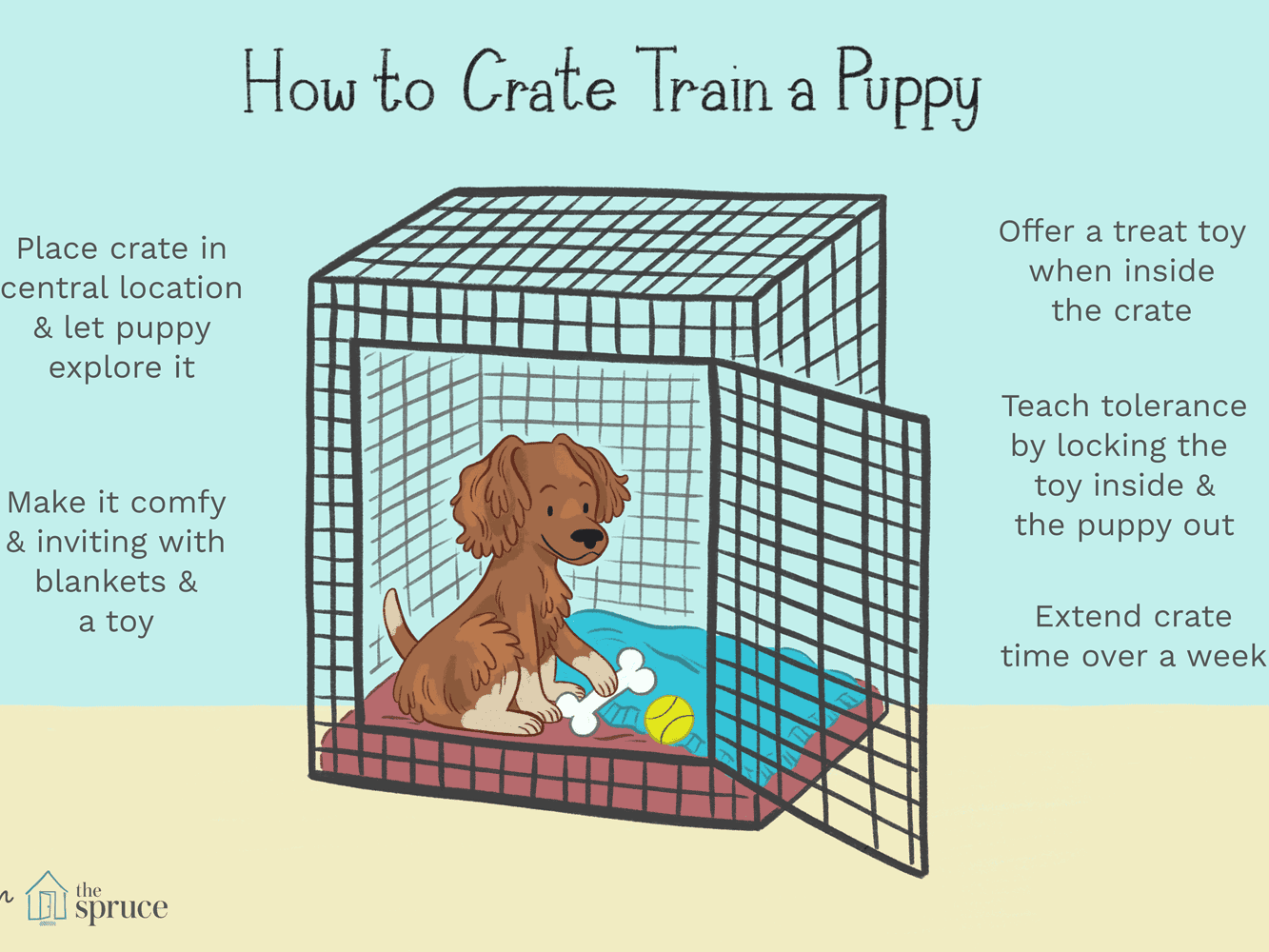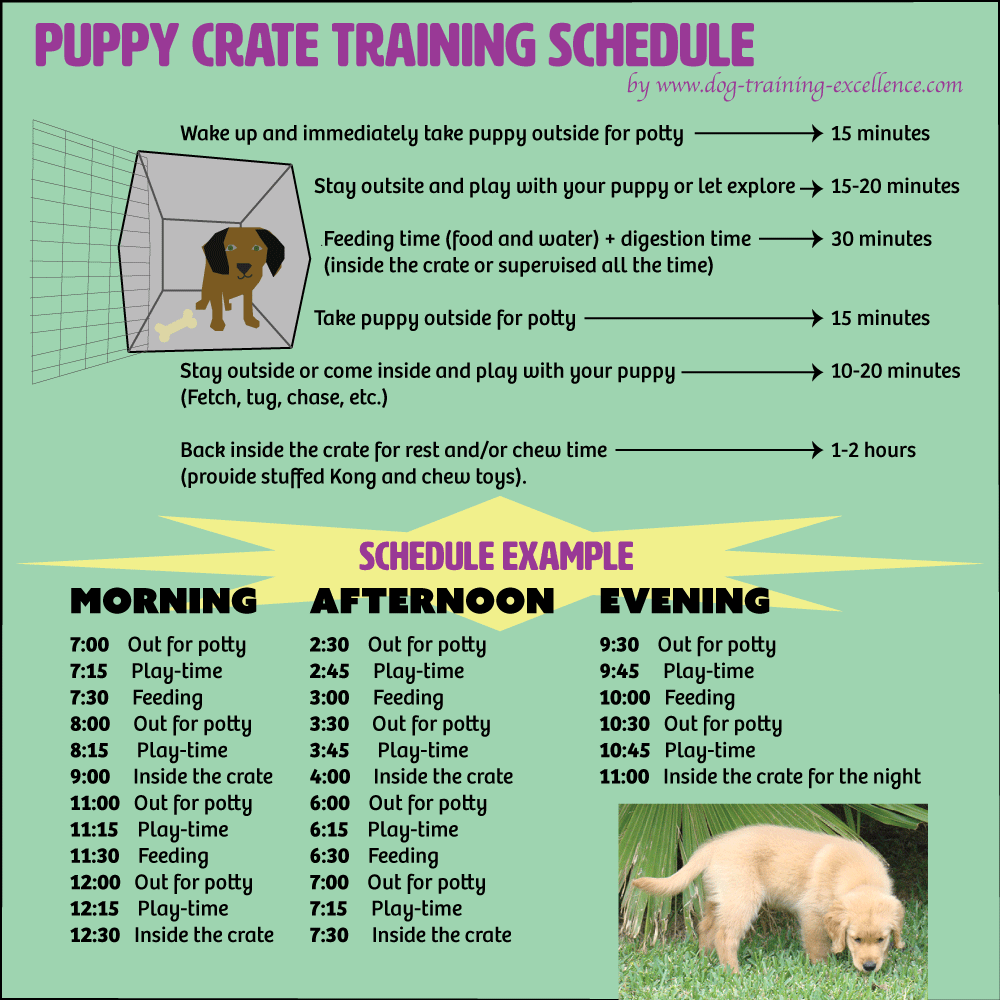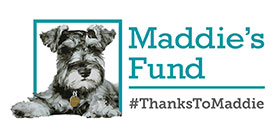Why crate train?
Used properly, a crate is an effective tool for managing, transporting, and training your dog. Her crate becomes her den; a special place where she can go to sleep, take a break from the kids, or be safely confined any time that she is unsupervised. Crates make house-training easier because dogs don’t like to soil their sleeping areas so she will naturally avoid eliminating in her crate. However, crates can be easily misused. No dog should spend most of her day, every day, in a crate. When choosing a crate it should be big enough for your dog to stand up, turn around, and lie down. You can download the OAS guide to crate training here.
How to crate train your dog
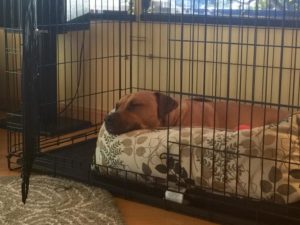 The introduction – It is important that your dog is comfortable with her crate before you ever shut the door. Locking her in the crate too early in the training process can cause her to dislike the crate and possibly lead to injury as she tries to escape it. At first, set the crate up in a dog-proofed space (ex. Mud room, kitchen, etc.) so that your dog will be safe when left alone until she is crate trained. Place a comfortable bed and toys in the crate. Dogs learn through association, so you can teach your dog to love her crate by providing wonderful treats and toys in the crate. Let your dog explore her new crate on her own. Do not force her to enter it. Instead, place several treats in the crate periodically throughout the day so that when she does venture into the crate on her own she is rewarded for her curiosity.
The introduction – It is important that your dog is comfortable with her crate before you ever shut the door. Locking her in the crate too early in the training process can cause her to dislike the crate and possibly lead to injury as she tries to escape it. At first, set the crate up in a dog-proofed space (ex. Mud room, kitchen, etc.) so that your dog will be safe when left alone until she is crate trained. Place a comfortable bed and toys in the crate. Dogs learn through association, so you can teach your dog to love her crate by providing wonderful treats and toys in the crate. Let your dog explore her new crate on her own. Do not force her to enter it. Instead, place several treats in the crate periodically throughout the day so that when she does venture into the crate on her own she is rewarded for her curiosity.
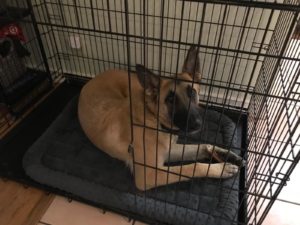 Feeding & Kongs – Feed meals and other treats and chews in her crate exclusively during the training process. You can stuff a food toy with her meal or simply put her food bowl inside the crate. This will teach her that she gets rewarded for going inside the crate. At first, be sure to leave the door open and let her enter and exit on her own. After a few days you will start to shut the door for short periods, gradually increasing the time in her crate with the door closed.
Feeding & Kongs – Feed meals and other treats and chews in her crate exclusively during the training process. You can stuff a food toy with her meal or simply put her food bowl inside the crate. This will teach her that she gets rewarded for going inside the crate. At first, be sure to leave the door open and let her enter and exit on her own. After a few days you will start to shut the door for short periods, gradually increasing the time in her crate with the door closed.
Closing the door – Ideally, you would not need to leave your dog inside her crate until she has had time to adjust. That is why it is useful to set her crate up in a dog-proofed space so that she (and your home) is safe during the training process. After a few days of your dog eating meals and finding delicious treats in her crate, you can close the door while she eats and open it after she has finished eating. Then, you can slowly increase the amount of time the door is closed over the next few days. Finally, your dog will be ready to stay in her crate while you take a short trip out of the house. Always provide a stuffed and frozen kong or other long-lasting food toy to occupy your dog while she is crated.
Things to avoid
Using the crate to punish your dog – It is important that your dog views her crate as a good place rather than associate it with punishment or scolding. It is okay to use a crate to separate your dog from the household activity for short time-outs or naps. Make sure to grab a stuffed kong or chew bone that you know is safe for your dog and lead her to her crate when she needs some quiet time alone.
Crating a dog for more than 10 hours in any day – Crating an adult dog for more than 10 hours in a day can be considered inhumane even if she is given bathroom breaks. If your schedule requires you to be away from your dog for long days consider alternatives such as doggy daycare, a hiking/walking company or a pet sitter.
Expecting a dog to lie quietly at your feet at the end of the day – After being cooped up in her crate your dog will need an outlet for her pent-up energy. Be prepared to go for a walk or throw the ball when you get home. Also be sure to provide your dog with mental stimulation in the form of training, games or food toys. Problem-solving mental stimulation is a great outlet for your dog’s energy after sleeping all day in her crate.
These games demonstrated in these videos can also help make crate training fun for your dog!
Power Tip: Bait & Restrain
Power Tip: The Bait Locker
Some initial isolation distress is common in the form of some whining and barking, take things slowly and don’t get discouraged! You can view a Dog Training 101 Guide here. If your dog is having prolonged issues being alone after the initial couple weeks please take a look at our separation anxiety page.
